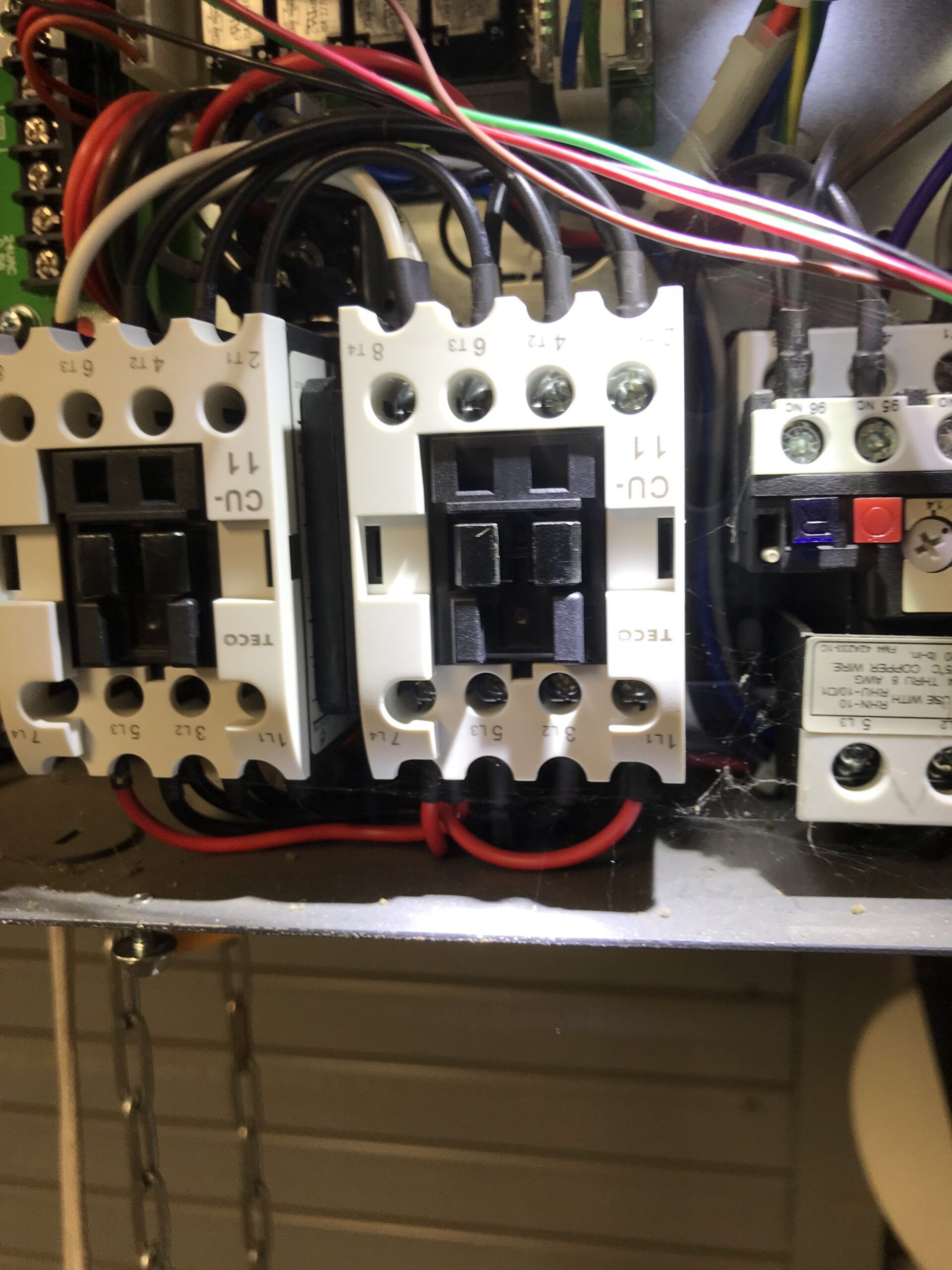Frequently Asked Questions
Below are some frequently asked questions, which we have answers to, that can help you determine when it is necessary to call on the services of a professionally trained electrician.
How do I know I need an
electrician?

Keep in mind that all it takes for a fire to become life-threatening is two minutes. Three minutes more and an entire house can go up in flames.
Bring your risks of house fires down by getting your old or faulty electrical panel replaced. If you are still unsure of what’s causing your flickering lights, please feel free to ring us up. We will gladly answer all your electricity-related questions!
How much does it cost to re-wire a 1500 square foot house?
The cost of re-wiring a 1500 square foot house can vary greatly depending on numerous factors. Generally, the total project cost could range anywhere from $2,000 to $7,500 or more. This includes labor and material costs.
The main factors that can affect the overall price include:
- the extent of rewiring needed (if it’s entirely new wiring or just a few updates)
- local labor rates type of wiring used
- any unusual circumstances during installation (such as panel placement)
- number of outlets and switches being installed
- whether existing wall surfaces need to be opened up or replaced
- if additional supporting electrical components need to be purchased (like surge protectors).
How much does it cost to install a ceiling fan?
Ceiling fans can range in price from around $50 to several hundred dollars, depending on the style and size you choose. Generally speaking, installing a basic ceiling fan will cost anywhere from $100-$250. This includes all necessary materials such as wiring, switch plates, mounting screws and any additional hardware that might be required for installation.
You also need to factor in labor costs. Whereas installing a basic model may only take an electrician an hour or two at most – depending upon if it is replacing an existing ceiling fan – more complex models or those requiring extra wiring may take longer and thus increase your overall costs.
Expect to pay around $30-$50 per hour for professional labor plus parts that are not included with the initial purchase price of your ceiling fan (such as hooking up new electrical outlets).
How much does it cost to install a light fixture?
The cost of installing a light fixture depends on the type and complexity of the fixture you choose, as well as any extra labor involved, such as running new wiring or doing more extensive work to make it fit. To give you an average range, installation costs typically range from $50-150 for basic fixtures, while more intricate fixtures (including chandeliers) will usually cost between $200-800.
How much does it cost to install recessed lighting?
Installing recessed lighting is an affordable way to brighten up a room and add a modern touch. The cost of installing recessed lighting varies depending on several factors, including the type of lights you choose, how many lights you need, and the labor costs associated with installation.
When it comes to materials, LED fixtures are typically more expensive up front than other types of light fixtures but have long-term savings due to their energy efficiency—so they may be worth considering if you’re going for long-term savings. For example, one 5” LED recessed fixture costs roughly $43-$48 before professional installation. When purchasing multiple units it can also help to buy in bulk as some companies provide discounts for larger orders.

